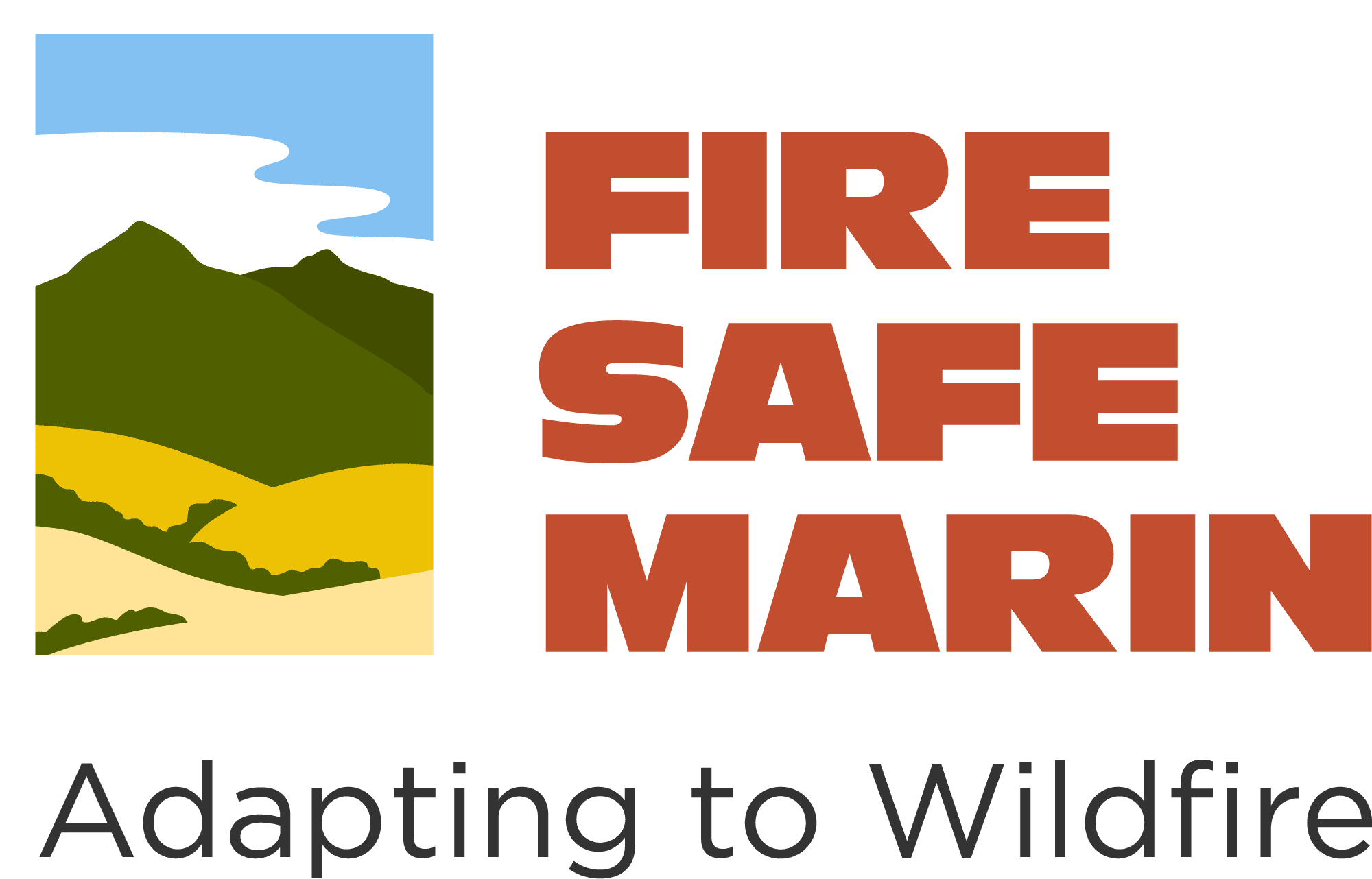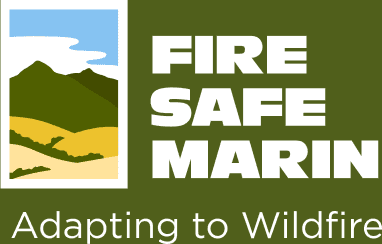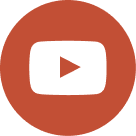You may have heard that eucalyptus trees will explode during a wildfire. Is this true? Should we be cutting down all eucalyptus trees?
Here’s what you need to know about eucalyptus globulus, the blue gum eucalyptus.
A little background and history:
In the 1850s, eucalyptus trees were introduced to California by Australians during the California Gold Rush. By the early 1900s, thousands of acres of eucalyptus were planted with the encouragement of the state government. It was hoped that they would provide a renewable source of timber for construction, furniture making, and railroad ties. It was soon found that for the latter purpose eucalyptus was particularly unsuitable, as the ties made from eucalyptus had a tendency to twist while drying, and the dried ties were so tough that it was nearly impossible to hammer rail spikes into them. One way in which the eucalyptus (mainly the blue gum E. globulus) proved valuable in California was in providing windbreaks for highways, orange groves, and other farms in the mostly treeless central part of the state.
Eucalyptus trees and wildfire
All eucalyptus species are prone to fire. The nature of the bark and oils make them highly flammable. Eucalyptus trees are also fire-adapted, fire causes the trees to release a massive drop of seeds. However, they can be (and often are) maintained in a state that makes them relatively fire-resistant. Oftentimes our biggest concern about these trees is the dry bark that sheds and collects at the base of the tree – not the tree itself!
Maintenance and wildfire prevention:
You CAN make a eucalyptus tree much more resistant to ignition during a wildfire.
- Remove vegetation around the base of the trees
- Remove small-diameter lower limbs up to at least one-third of the tree’s height
- Remove limbs within 10 feet of the ground
- Remove all dead wood, peeling bark, and twiggy growth REGULARLY
- Provide canopy separation so that no limbs touch nearby trees or plants
- Remove all “ladder fuels
Contact your local fire department or a licensed arborist for an evaluation of the trees in question.








